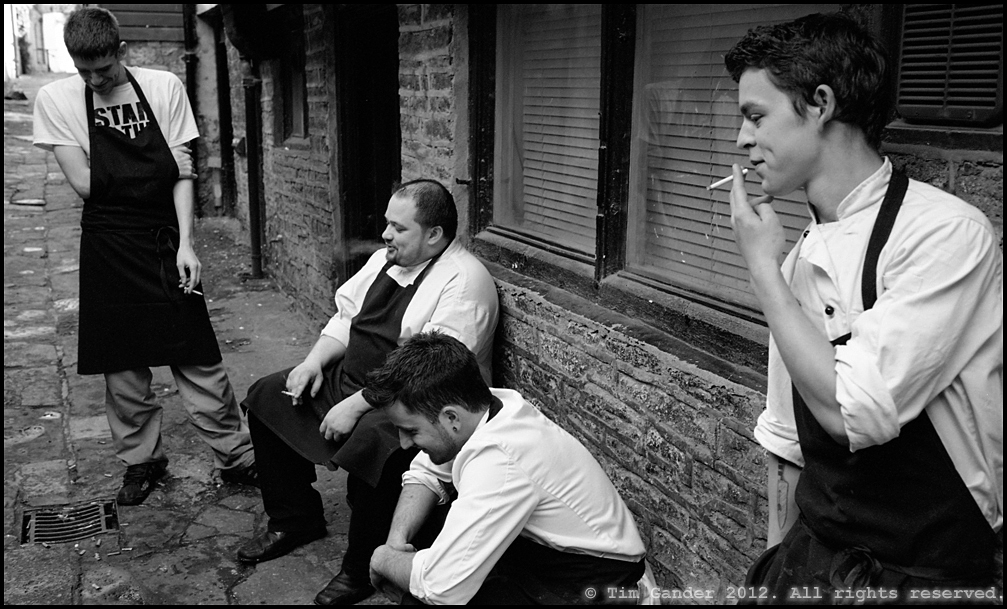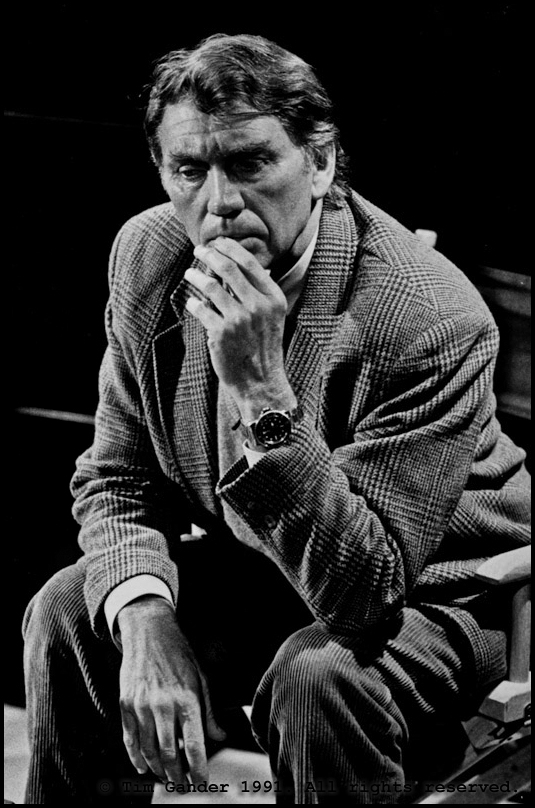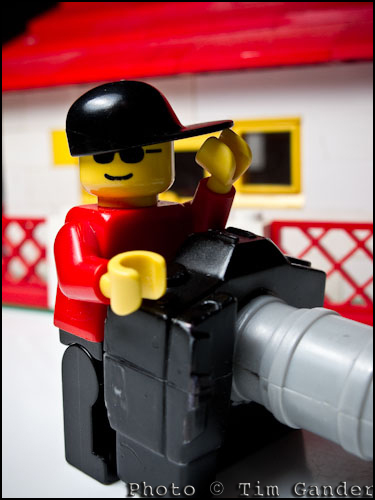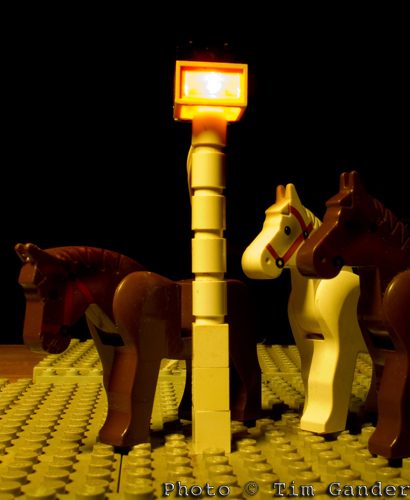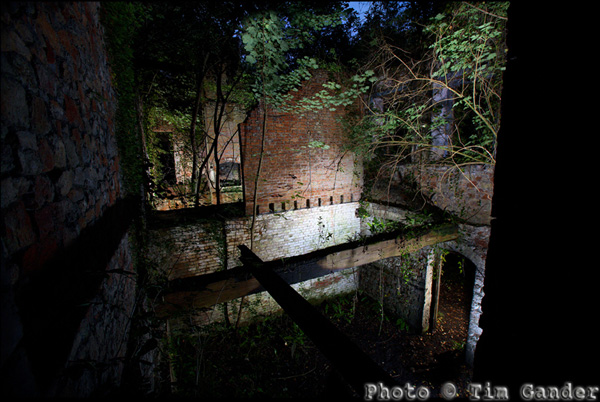Alongside “digital revolution”, the phrase “democratisation of photography” is one of the most irritating phrases to come out of the… um… digital revolution.
Both are self-serving expressions designed to suggest something unrelentingly positive and benign; a conjuror’s sleight of hand designed to distract us from the awkward realities they conceal. The digital revolution (or reduction of everything to digits) has plenty of winners and losers, a subject worthy of another article. Here I’m looking in particular at what “democratisation of photography” means and its consequences.
Democratisation of photography refers to the ubiquity of cameras and the relative ease of publishing or sharing images electronically. In the days of film it wasn’t that so few people took photos or that you needed a licence to own and use a camera, it’s just that now everyone has the ability to publish their photos where once this was the preserve of the professional. Photo-sharing has made public what once was hidden away in shoe boxes in the attic.
While it’s true that publishing a photo is easier than ever, is this democracy? I mean, REAL democracy? Are peoples’ lives improved as a result? Will governments fall because the tools to publish are no longer confined to the photojournalist? I fear we may find we lose more than we gain in this exchange.
There was a time, not that long ago, when photographers of a very high calibre were employed in fairly high numbers by newspapers to take the majority of the images that were published. These men and women of Her Majesty’s Press would be out on the streets acting as the eyes and ears of journalists who were generally chained to their desks where they could stay warm in Winter, cool in Summer, drink coffee and write some nice words to go around the photos in the newspaper.
Much of what photographers covered was mundane and routine; Sunday church fetes, cheque presentations and mayoral visits, but also very often at the sharp end of things. Road traffic incidents, court hearings, sieges, house fires, reports of break-ins, covering the misdemeanors of government officials or those in charge of our children, all of life was visible to the press photographer’s lens, where it might not otherwise have been visible to wider society. And yes, sometimes a bit too much of life – the celebrity end got out of hand to say the least, but again that’s a separate article.
Photographers often found themselves at a tangent with officials of the state, having to educate police officers and court officials on the law surrounding the seizure of journalistic material or the right to take pictures from a public place, and often the photographer would win (and get the shot) because they’d been trained in these specific areas even when the officials they faced had not.
That era of scrutiny and resistance to mis-used power may well be over. The Bristol Evening Post has made all its photographers redundant. Not a single staff photographer any more. Much the same story has been repeated at titles all over the country and the network of dedicated, trained, experienced freelancers is dwindling as rates have dropped below levels enough to sustain a business. The training structures for photographers are falling away too.
Many of the photos you see in your local paper now are supplied via a PR agency or taken by readers and newspapers are happy to exploit as much free content as they can get their hands on. Unfortunately this has lead to a drop in the quality of local reporting. Many journalists only have enough hours in the day to sit and re-write (or copy and paste) press releases.
Local papers no longer battle on behalf of their readers or uncover the stories that used to help them sell. When newspapers rely on the public to submit pictures of events, sometimes scenes of crime or accidents, they’re effectively using untrained photojournalists (citizen journalists, another dreadful term) in situations where only trained professionals should be. Even at events as benign as the switching on of town Christmas illuminations there have been occasions when amateur photographers have been told to delete photos from their cameras or face arrest. Without the training to defend their rights, some comply.
How has all of this come about? Partly the general decline in newspaper readerships and thereby their advertising revenues, a decline which started long before the internet became the threat to newspapers that it is today. Executives could have invested in the future of newspapers, instead they insisted on unrealistic profit margins, only attainable by the stripping of assets and a decline in investment in journalism.
Newspaper executives believe their salvation lies in charging for online and dwindling print advertising, while not paying for the things that make people want to read their publications; good journalism reinforced with good photography.
What this coincidence of internet innovation and executive incompetence means is we no longer have the voice we had. It’s a mistake to believe online campaigns can take off where newspapers now fail. We need well-trained journalists, photographers and editors to distill the issues that affect our daily lives and this must start with regional papers, firstly because national newspapers often pick up on local stories, secondly because although we may currently still have some of the best writers and photographers in the world among our national press, there is no longer the training ground and career structure in the regions that will feed into the nationals in generations to come.
I very strongly believe that a lively press is the foundation of real democracy. I believe newspapers could regain some lost ground by investing in their online versions, which are by and large risible, but it’ll take a very courageous chief executive and a great deal of shareholder patience to succeed. Quality, in-depth news coverage requires real human resources and deep pockets. There is no way of doing it on the cheap.
It’s astonishing that in the light of the Leveson enquiry newspapers continue to under-invest in editorial staff. Training is vital to prevent future misadventures, yet many newspapers rely on unpaid interns to make up the shortfall in the newsroom. In terms of photojournalism there will be less scrutiny of those in public office and an increase in incidents of members of the public getting into trouble or hurt when they try to do a professional’s job.
Democracy isn’t cheap and it certainly means more than the ability to take and share photos. Let’s not be distracted with all the cool new stuff we can do while some of the necessary stuff that used to happen takes us into a future where real democracy is devalued, swept aside to make way for the digital revolution.

